You can eliminate the slice by better understanding how your hands and arms control the clubface throughout your swing. Here's how.
The post 5 simple fixes that will cure your slice appeared first on Golf.
You can eliminate the slice by better understanding how your hands and arms control the clubface throughout your swing. Here's how.
The post 5 simple fixes that will cure your slice appeared first on Golf.
LIV Golf recently reapplied for OWGR points. Former LIV Golfer Hudson Swafford detailed the breakaway league's battle for status.
The post Hudson Swafford explains LIV’s ongoing battle for World Ranking points appeared first on Golf.
Raising a future pro golfer? Discover everything your junior needs to tee off with confidence — from clubs to apparel and more.
The post New at Fairway Jockey: Gear for junior golfers appeared first on Golf.
Our gear editor recently came back from a trip to Scotland. Here are the two major gear changes he made for links golf.
The post I made these two key gear changes for links golf | I Tried It appeared first on Golf.
MJ Daffue is in contention at this week's Korn Ferry Tour event. The only problem? He wasn't supposed to be in the field.
The post Bizarre ‘clerical error’ leads to ineligible player in contention at Korn Ferry event appeared first on Golf.
For those who refuse to let high temperatures stop them, there are plenty of items to help you prepare for a hot summer round.
The post Stock up on these must-have essentials for golf in the heat appeared first on Golf.
On this week's episode of GOLF's Fully Equipped, Fujikura's Marshall Thompson explains how shaft usage on Tour impacts retail sales.
The post Tour players have the most retail influence on these products | Fully Equipped appeared first on Golf.
Kansas junior Lyla Louderbaugh reached the semifinals of the U.S. Women's Amateur by winning in 20 holes at Bandon Dunes.
Full 2025 FedEx St. Jude Championship tee times for Saturday's third round at TPC Southwind, featuring Justin Rose and more.
The post 2025 FedEx St. Jude Championship Saturday tee times: Round 3 groupings appeared first on Golf.
On Friday at the Scottish Championship, Connor Syme's birdie putt ended up turning into a nightmare blow-up.
The post Pro’s 54-foot birdie putt ends up traveling 65 yards appeared first on Golf.
Tommy Fleetwood had another big closing stretch Friday with four straight birdies, giving him a 6-under 64 and the 36-hole lead in the FedEx Cup St. Jude Championship with his sights set on an elusive PGA Tour title.
A solid setup is the foundation of a good golf swing. Focus on these key elements:
The backswing sets the stage for power and accuracy.
This is where the magic happens!
How to watch the 2025 FedEx St. Jude Championship on Friday in Memphis, including full FedEx St. Jude TV coverage for Round 2.
The post 2025 FedEx St. Jude Championship Friday TV coverage: How to watch Round 2 appeared first on Golf.
Finding the right set of irons is hard. We get that. Even when you’re shopping within one family (for the sake of this guide, let’s say it’s the Titleist T-Series), identifying the perfect model can be a challenge.
So, today, we’re going to do our best to help you find the right Titleist iron. While we hope this guide is helpful, it comes with the disclaimer that your best chance of getting your irons absolutely dialed, and ultimately getting the most for your money (none of this stuff is cheap), comes by way of a fitting – either with Titleist directly or a reputable fitter.
Full disclosure: While we don’t personally think your handicap always provides the best indicator of what iron you should play, we’ve provided some general ranges to help inform your decision.
The real question isn’t what your handicap says about you. It’s about finding the right balance between flight and forgiveness for your individual swing.
Before we break down individual models, let’s tackle some persistent thinking: Titleist only makes irons for better golfers.


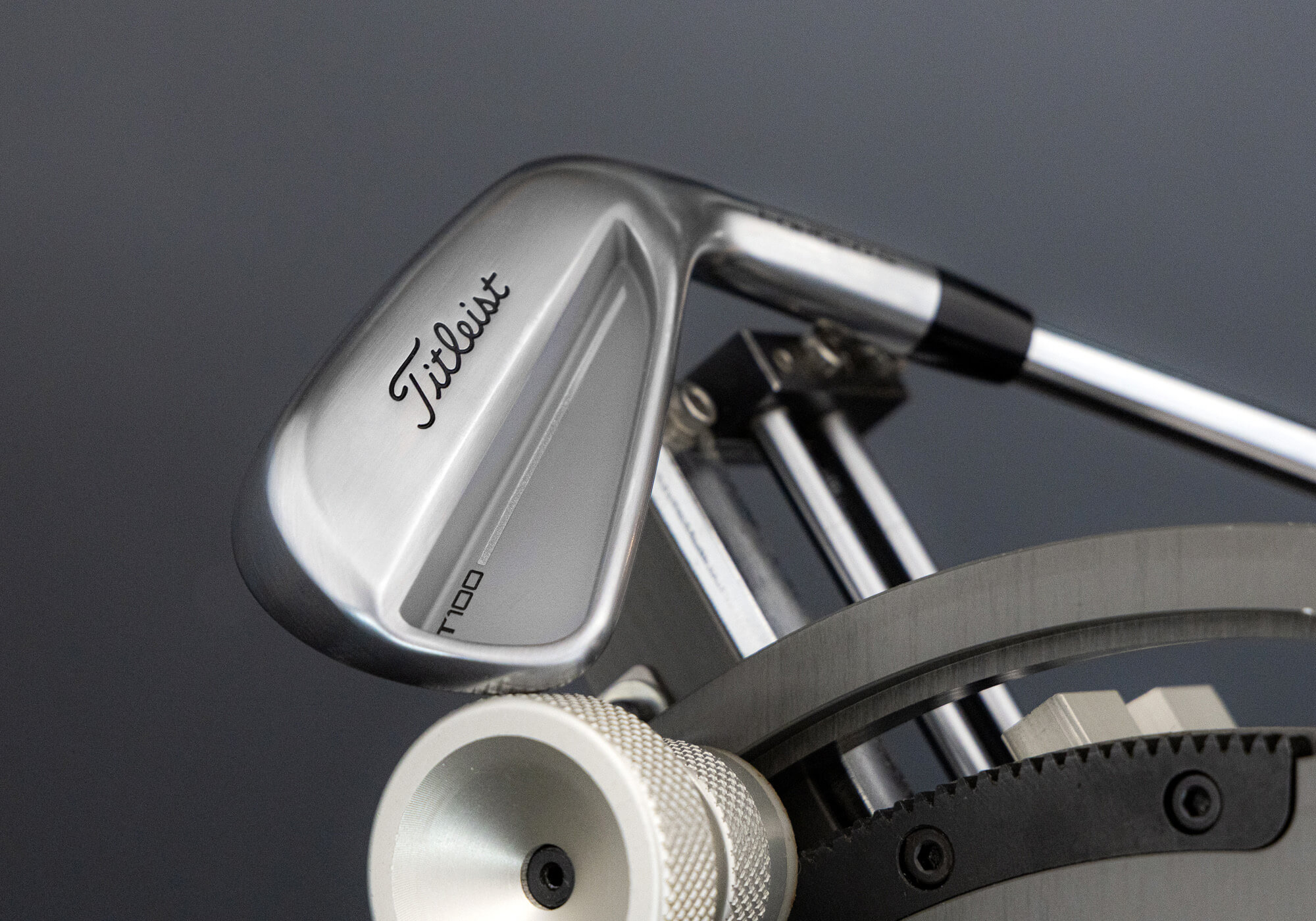
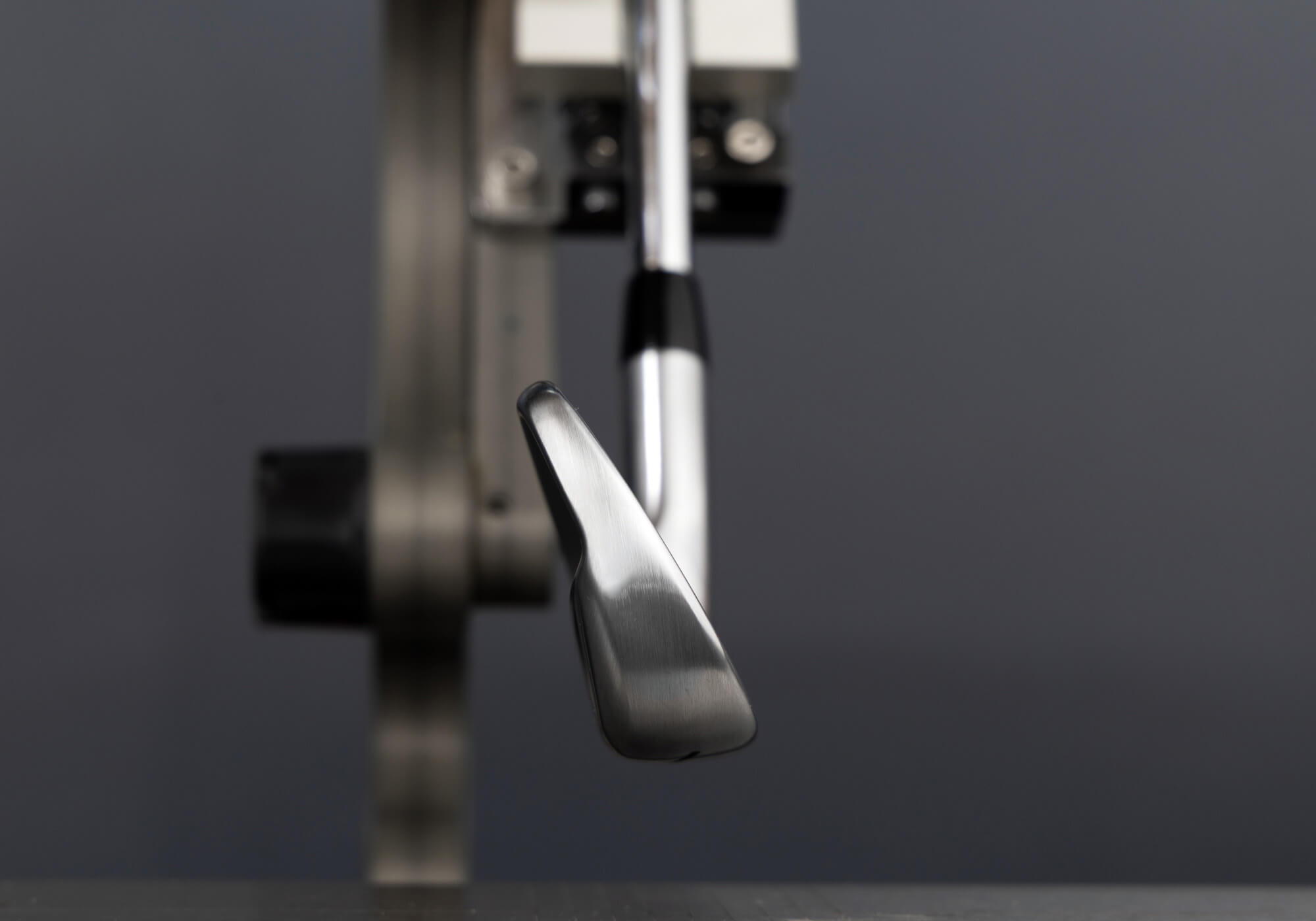
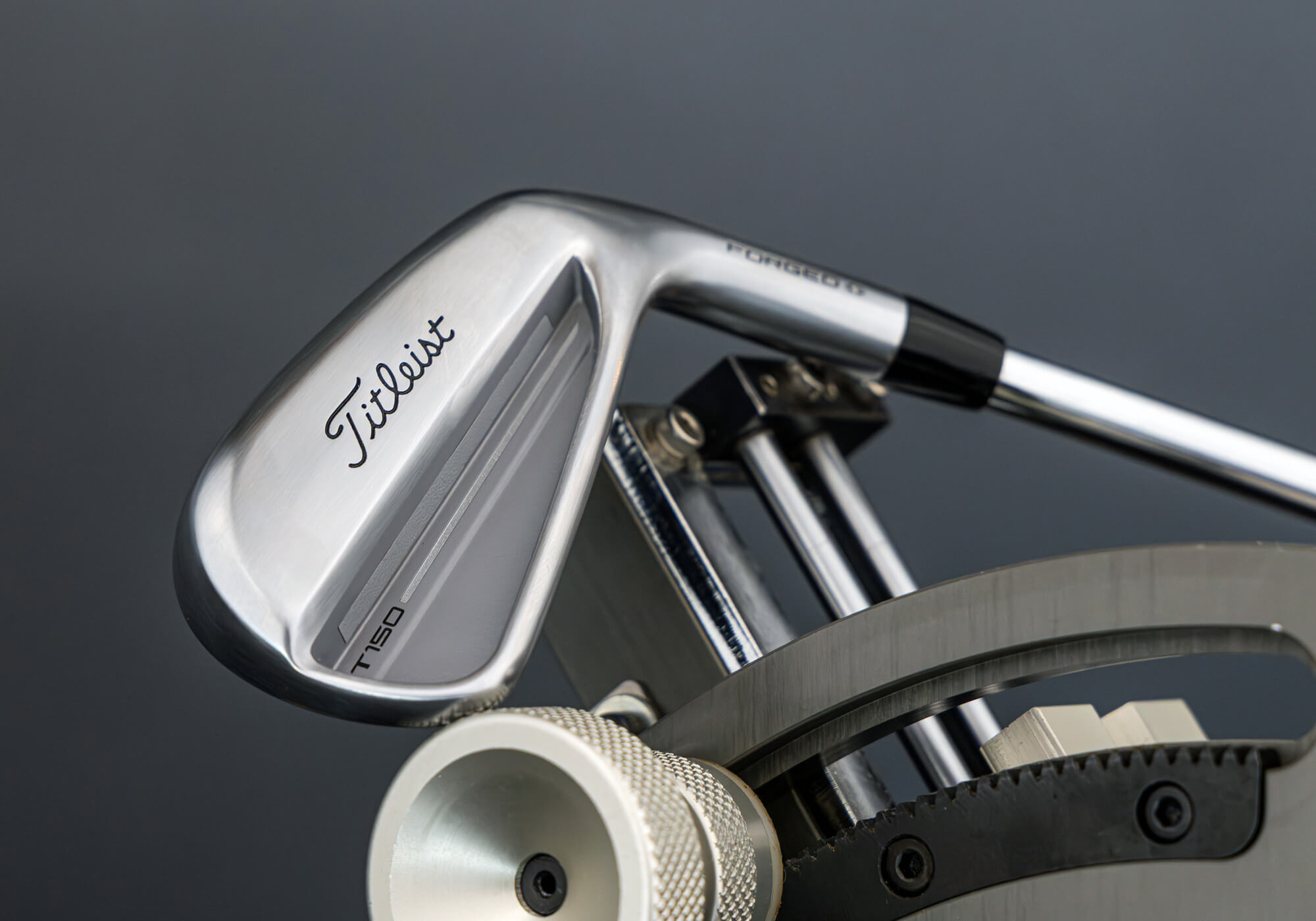
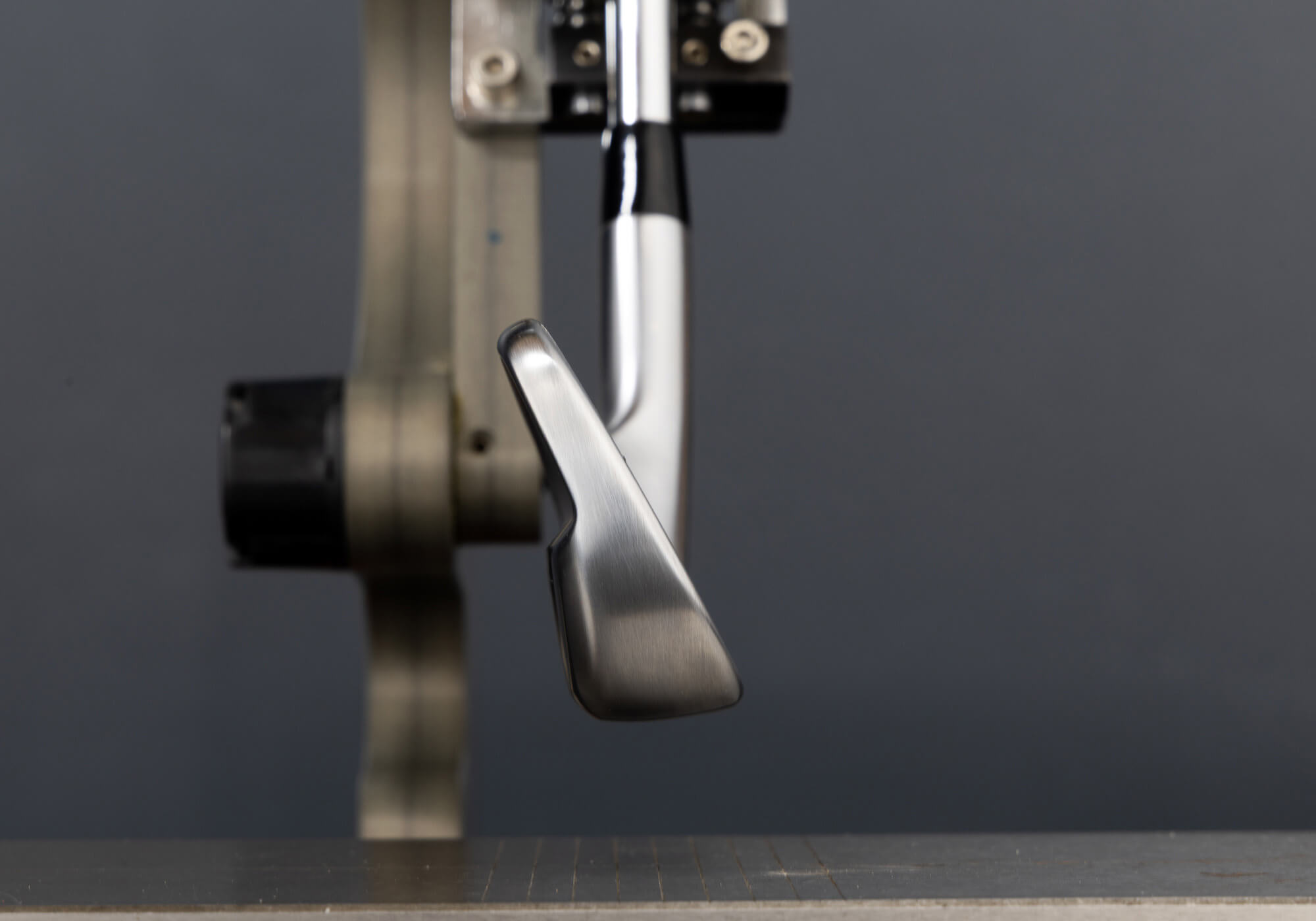
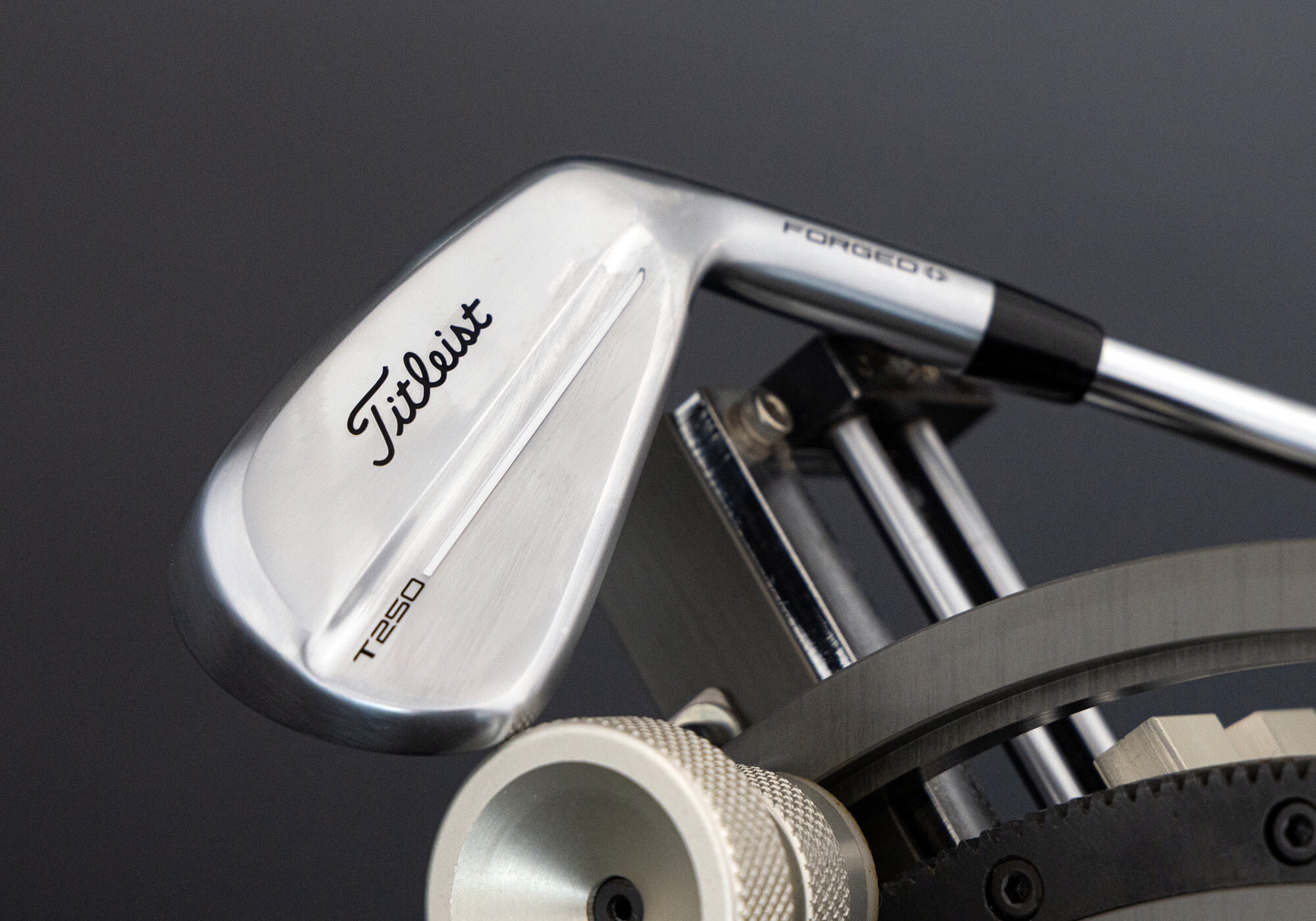
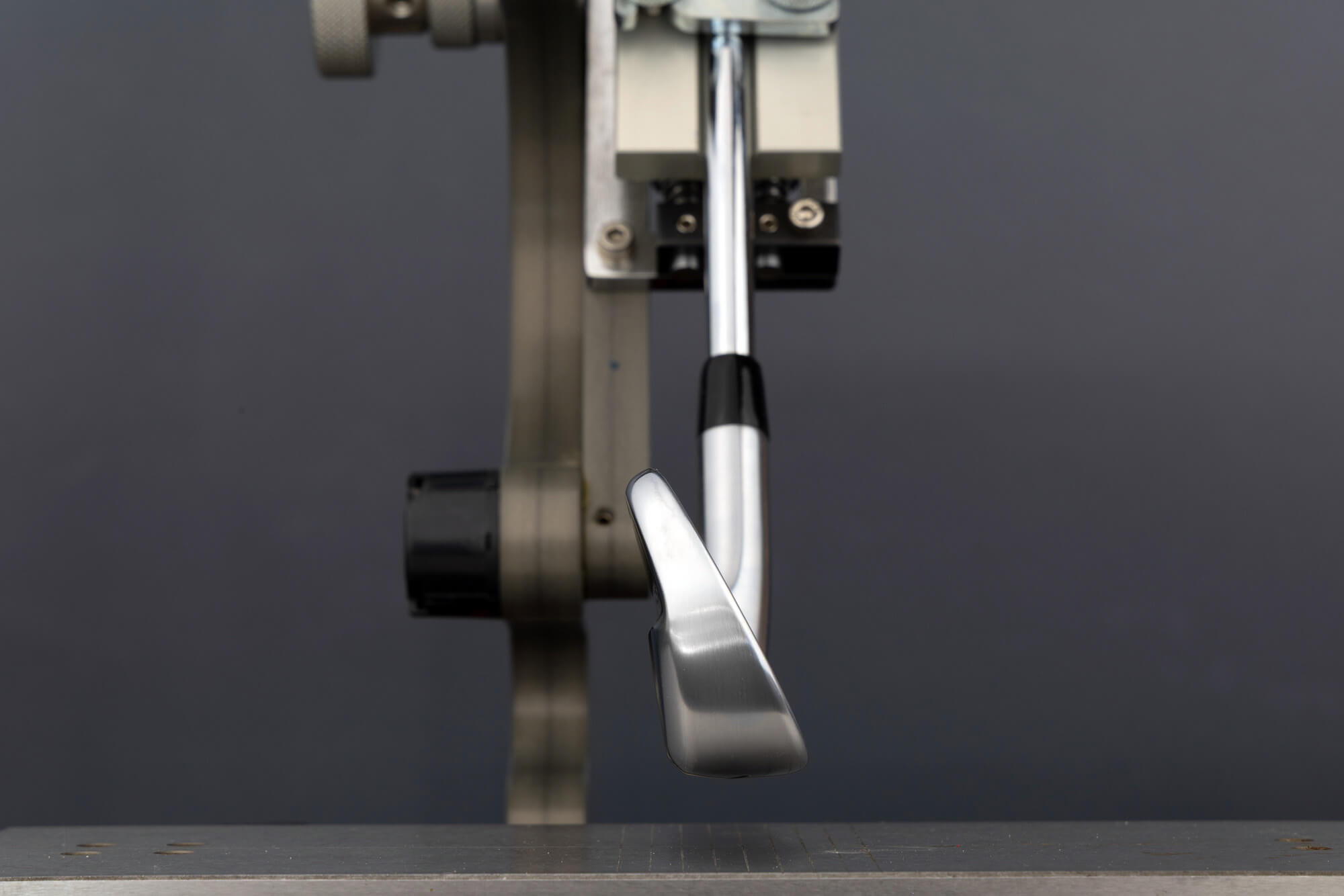

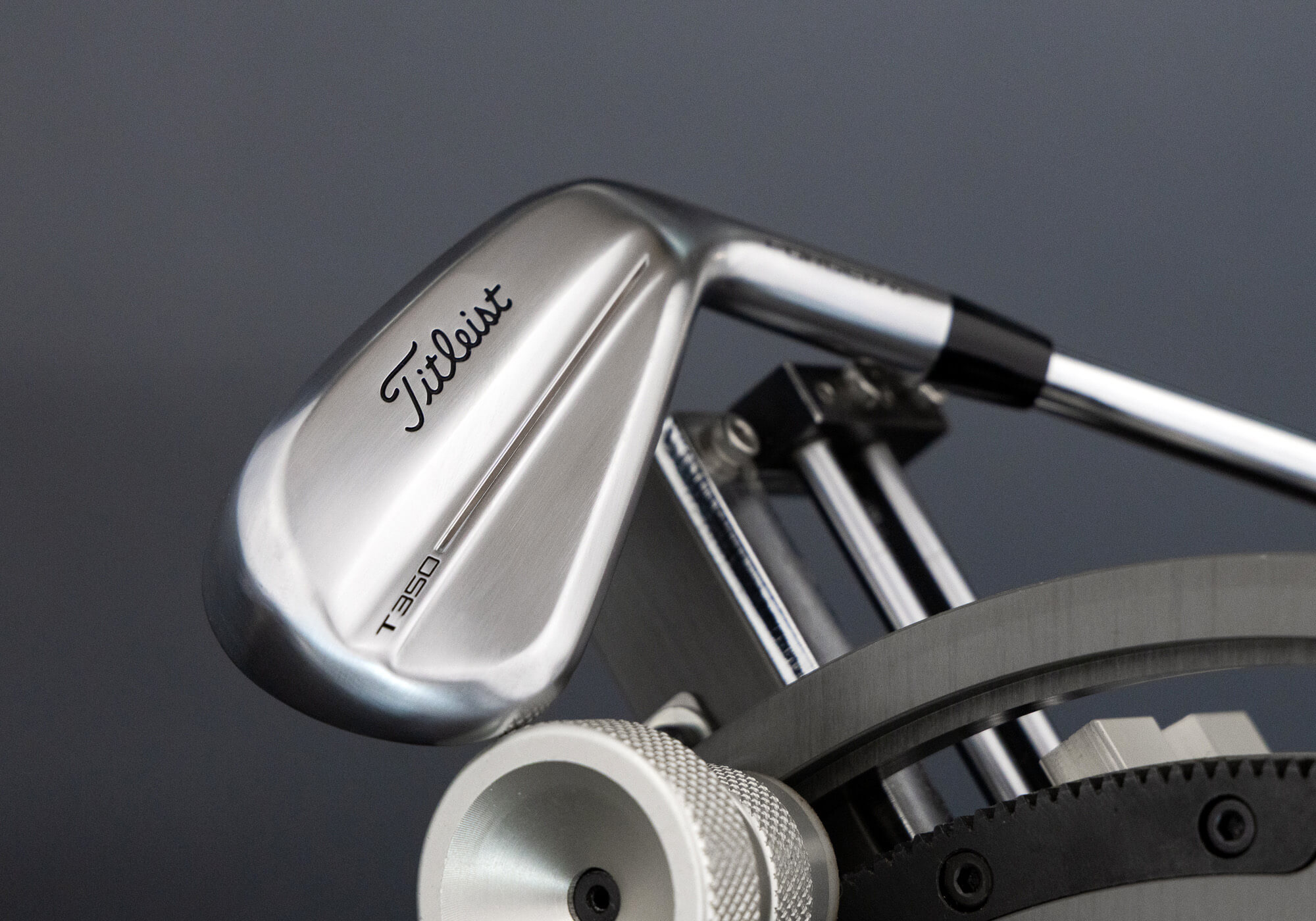
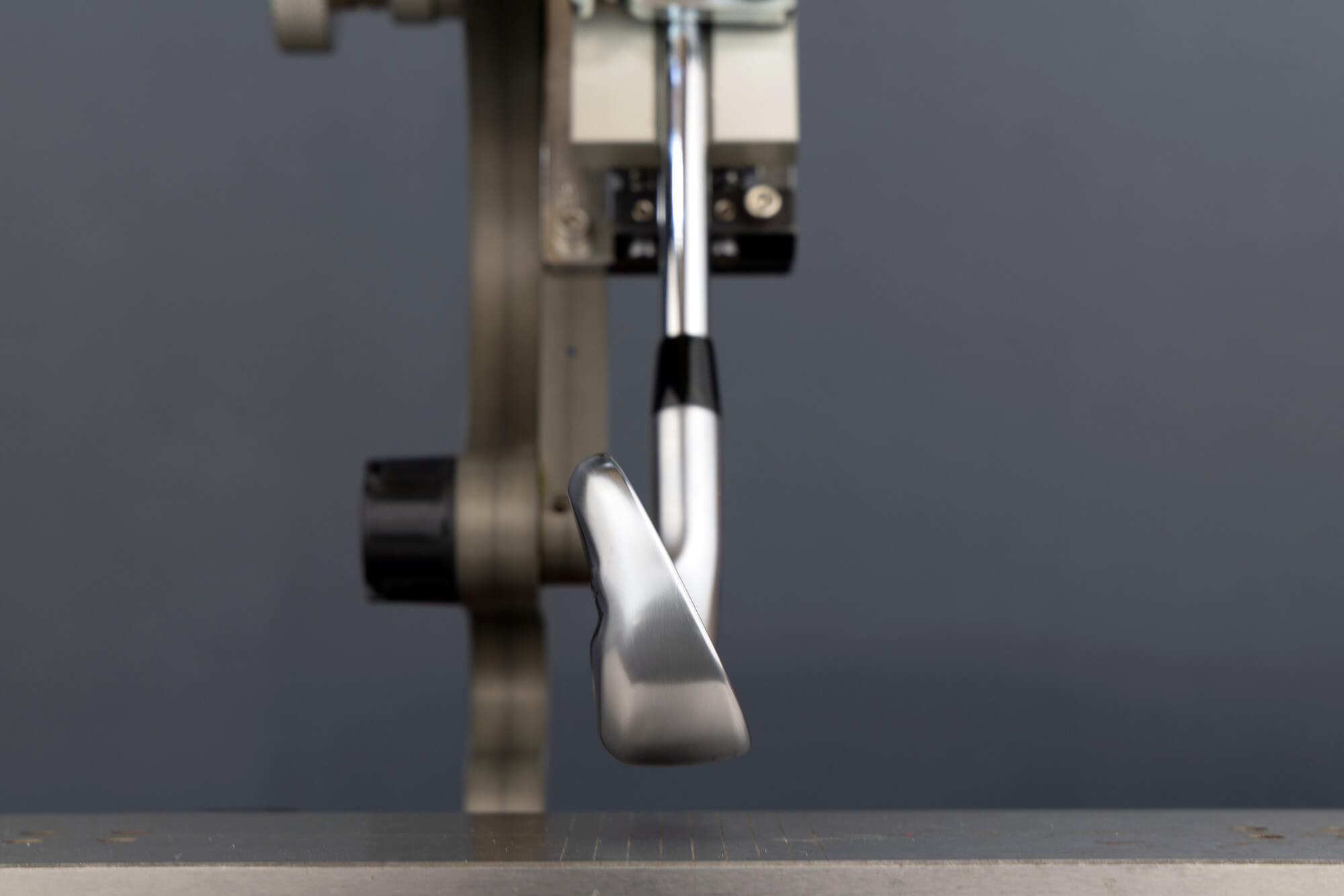



Back when the pandemic first started, everyone had the same question:
When the hell is this going to end?
A lot of historians and experts in the science community had similar answers. More or less, pandemics end when enough people agree they are “over” for them.
That means the new “normal” takes place of the “old” normal.
There was no specific date where everything moved to the new normal. COVID-19 still continues, to the extent where there are meaningful illnesses and annual vaccine recommendations.
Rangefinders don’t last forever. While Bushnell models tend to hold up better than most, 2025 has introduced some meaningful upgrades worth considering, especially if your current model is starting to feel slow, glitchy or hard to see.
We tested 35 rangefinders across accuracy, speed, optics, display and features. Here’s how the four Bushnell models in this year’s test performed.
The Pro X3+ LINK is Bushnell’s most feature-rich rangefinder. It not only gets the award for best Bushnell rangefinder in our test but was best overall rangefinder of 2025. It integrates slope with environmental elements (like temperature and altitude), wind data via the app and Bluetooth syncing with the Bushnell Golf app for personalized club suggestions.
The Bushnell was accurate in every scenario (even with complex backgrounds and from longer distances). We also found it to be one of the fastest in the test. Clear optics make it easy to lock onto flags. The only downside is that it’s a bit heavy for walkers.
What it’s known for:




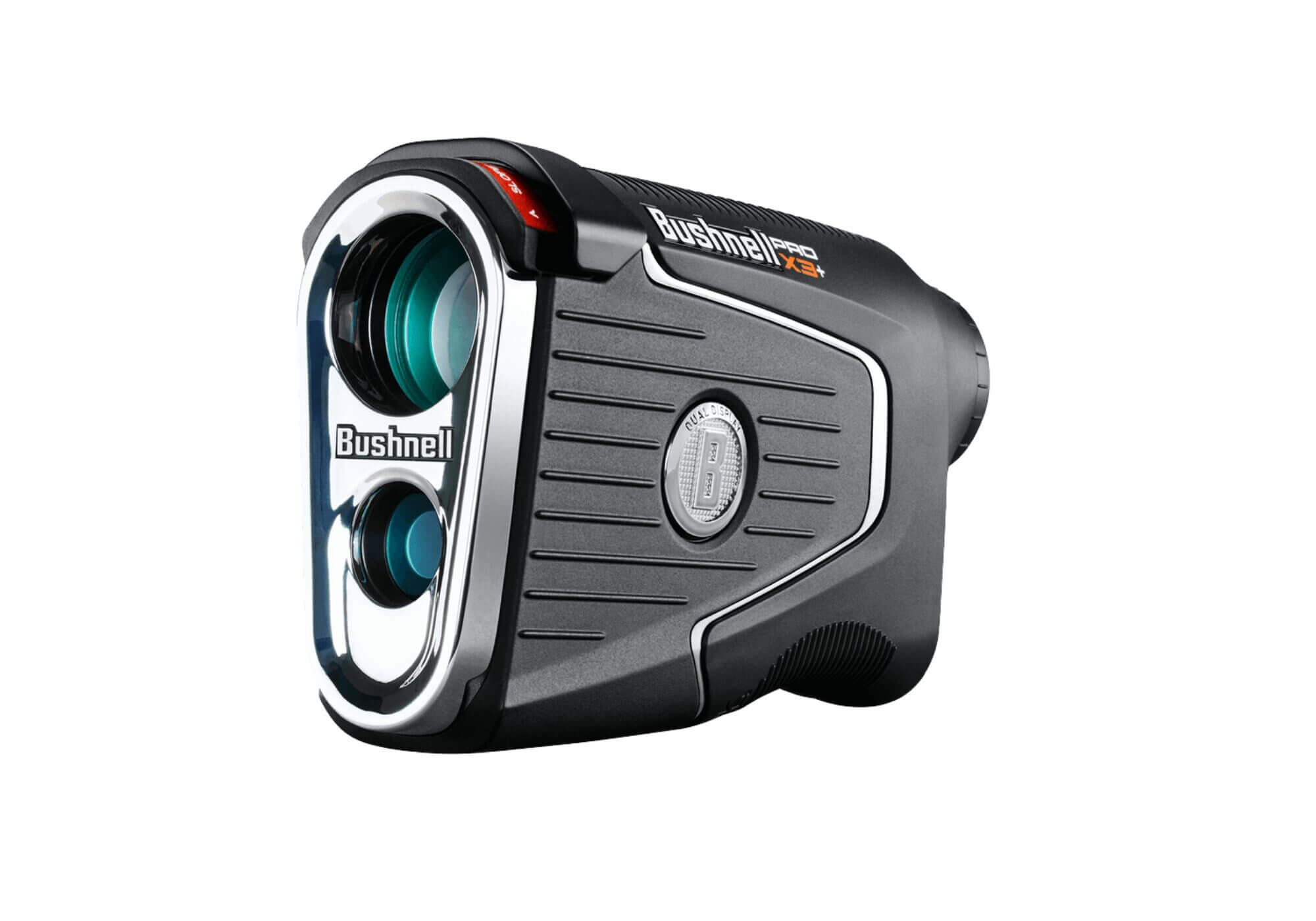







Few things bring a tear to my eye.
The birth of my daughter? Close. Remember the Titans? Even closer.
But the NFL theme song blaring over my speaker while sitting in front of the flat screen on a crisp fall Sunday afternoon? Yep, that’ll do it.
Football season is here (as marked by last week’s HOF game and this week’s preseason games). So it’s only right that Johnnie-O, my favorite apparel brand, be granted an official NFL license to ensure that dads everywhere are fully kitted out in their favorite team’s gear.
Yep, you heard me right. Want a Chief’s Johnnie-O polo? You got it. A Detroit Lions pullover? Sign me up. A Dallas Cowboys q-zip? Not a chance … no one wants that garbage.

We all know the goal: two putts or fewer per hole. But how many total putts should you be taking each round? How much does that number change depending on your handicap?
We asked Shot Scope for real-world putting data across a range of handicaps, and what we found might surprise you. The difference between a 25-handicap and a scratch golfer isn’t always what you think. Eliminating just one or two three-putts per round might be the easiest path to shaving strokes off your game.
You’d expect better players to putt better—but the total number of putts per round doesn’t change all that much. The biggest change you’ll see is the three-putt percentage. A scratch golfer three-putts just three percent of the time, whereas a 25-handicap golfer three-putts 13 percent of the time.
Keep in mind that three-putts are usually a proximity problem first. Approach accuracy, greens in regulation and short-game distance control all play a big role.
| Handicap | Avg Putts/Round | 3-Putts/Round |
|---|---|---|
| 0 | 29.9 | 0.8 |
| 5 | 30.3 | 1.5 |
| 10 | 31.2 | 2.4 |
| 15 | 32.1 | 3.8 |
| 20 | 33.4 | 4.6 |
| 25 | 34.3 | 5.8 |
We’ve already seen how higher-handicap golfers rack up more three-putts, often because they’re putting from longer distances. But missed short putts are just as costly and they happen more often than most players realize.

We knew the Q2 financial reports from Topgolf Callaway and Acushnet were going to be interesting. We just didn’t know how interesting.
Turns out, they’re pretty darned interesting.
For those of you thinking golf’s two biggest publicly traded companies would hit the skids in Q2, we can confidently say you’re wrong.
Mostly.
As is often the case with Topgolf Callaway and Acushnet, one company’s quarterly financial report reads like a roller coaster at Six Flags while the other reads like, well, a financial report.






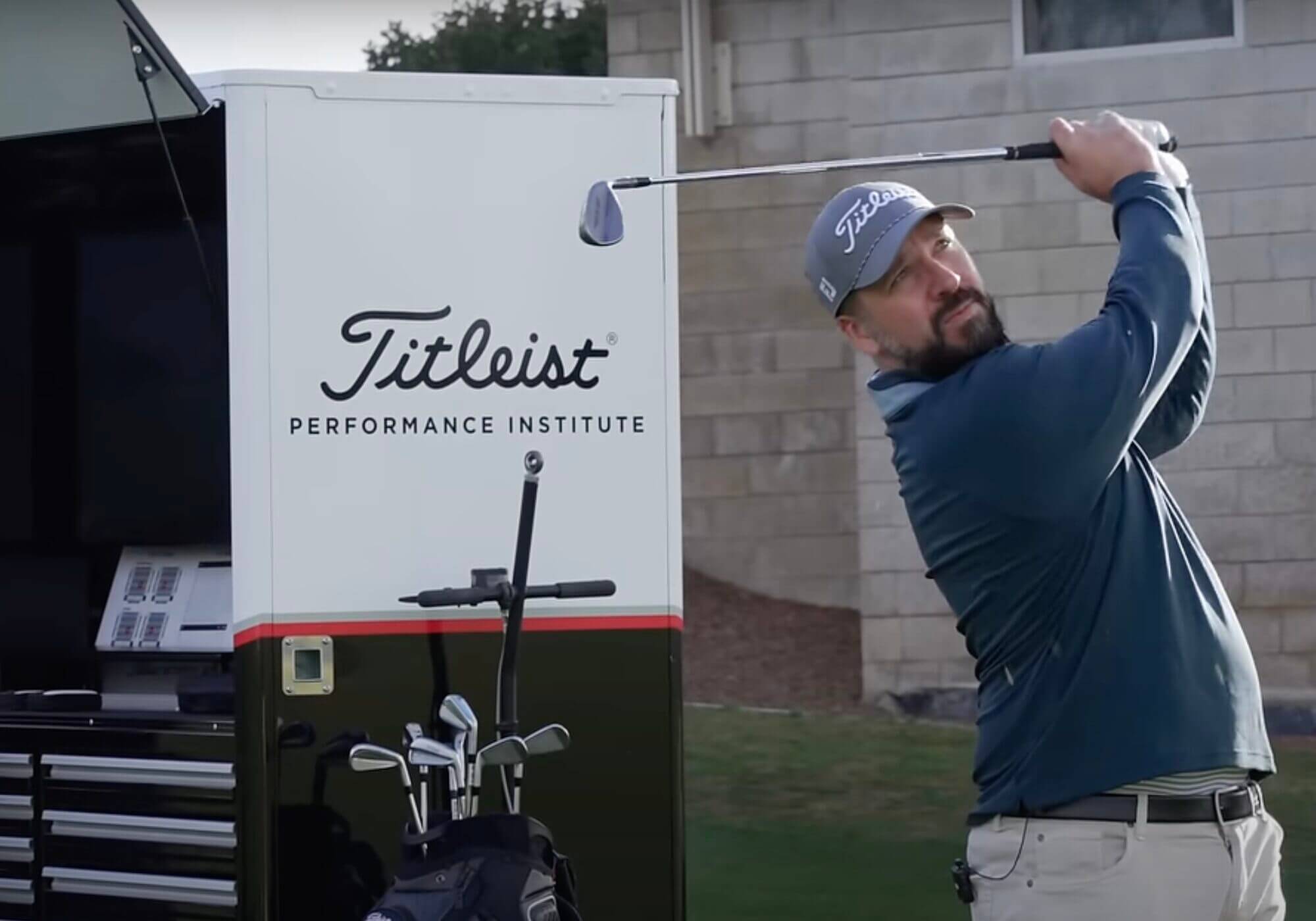

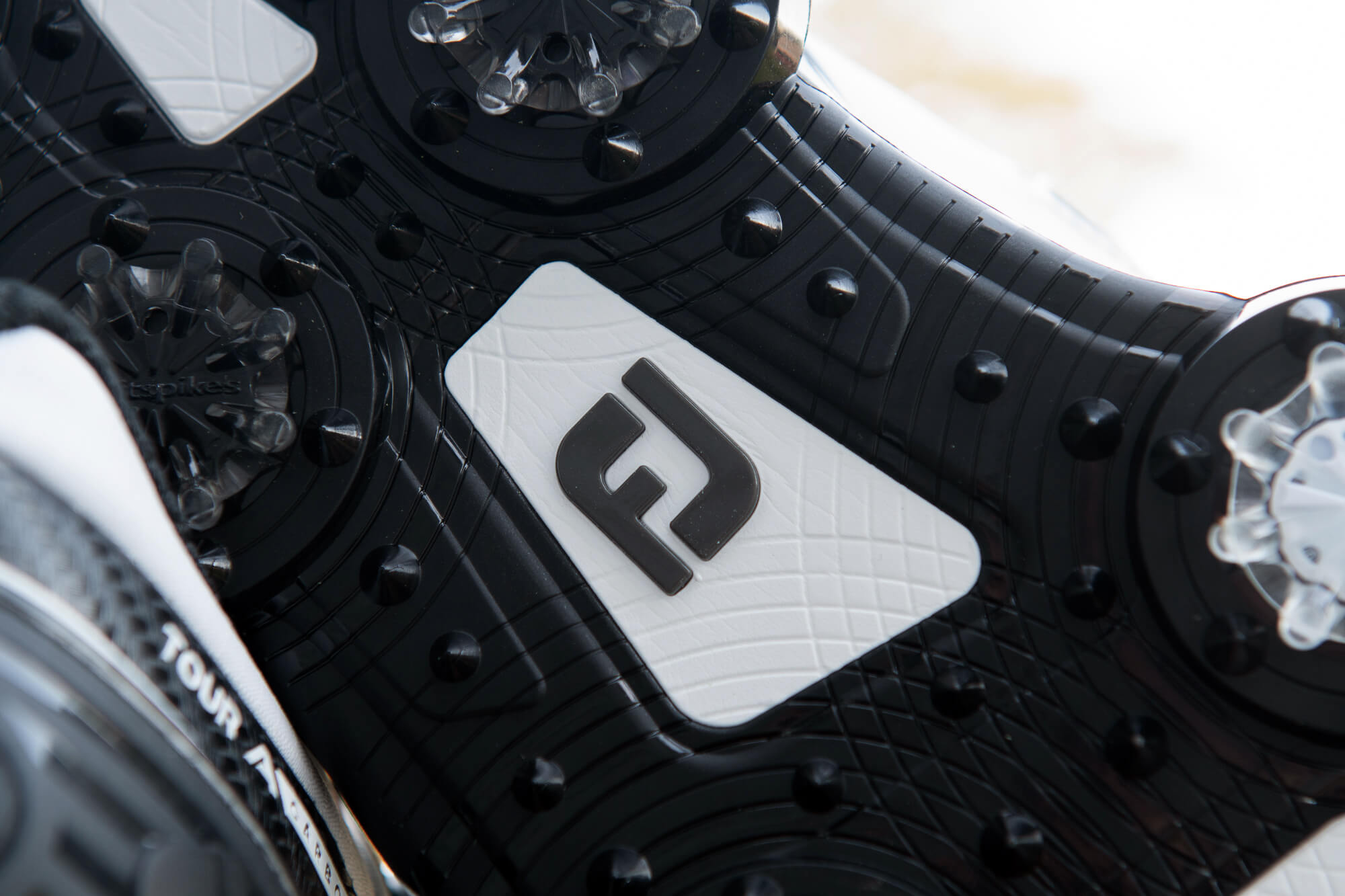



The other day, I watched one of my students absolutely stripe his drive down the left side of the dogleg-right 13th hole. He ended up in the left rough and a little out of position, about 130 yards out with a clear shot to the pin. But when he got to his ball, his face dropped. The ball was sitting about three feet below his feet on a steep sidehill lie.
What happened next was predictable: he took his normal setup, made his normal swing and watched his ball sail 30 yards right of the green, out of bounds. He turned to me with that familiar look of confusion, like the golf gods had betrayed him.
Here’s the reality, golf fans: Sidehill lies aren’t course design miscues or bad luck. They’re scoring opportunities that most golfers turn into disasters because they don’t understand how to make the necessary adjustments. After two decades of teaching, I can tell you that ball-below-feet lies are actually more manageable than most players think, but only if you understand what’s really happening.
When the ball sits below your feet, physics takes over, whether you like it or not. Your swing plane automatically becomes more upright and the clubface opens relative to your target line. This isn’t a swing flaw you can muscle through with better timing or more concentration.
Think about it: You’re essentially swinging on a steeper angle because you’re reaching down to the ball. That upright plane, combined with the natural opening of the clubface, sends every shot sailing right of your intended target. Most golfers fight this by trying to swing harder or aim further left, but that only makes the problem worse.

© 2025 GolfLynk.com a division of Outdoorsmen.com